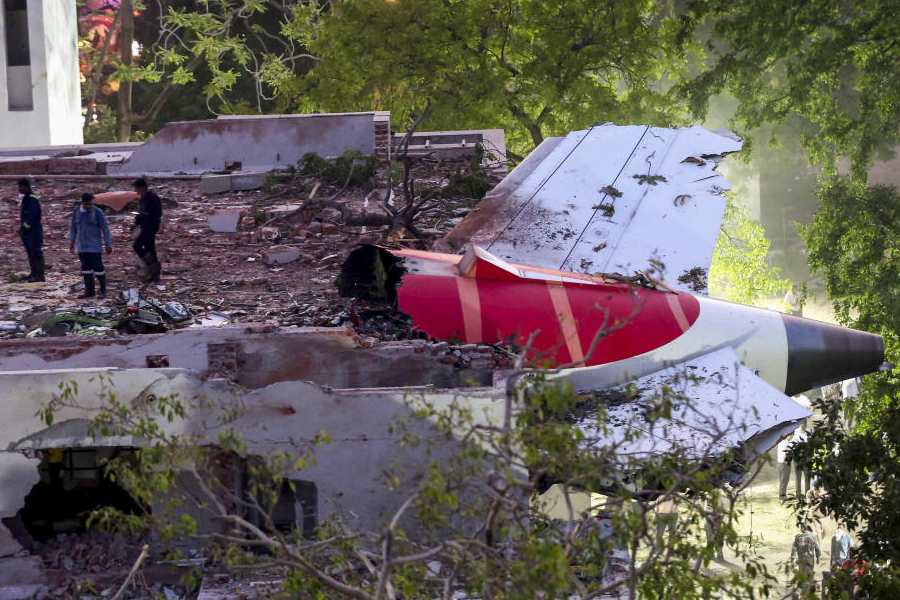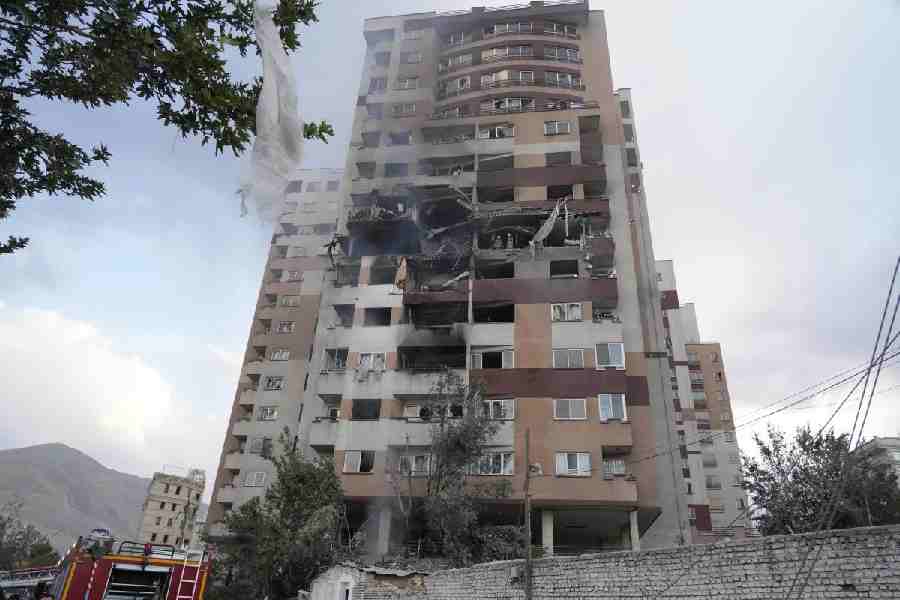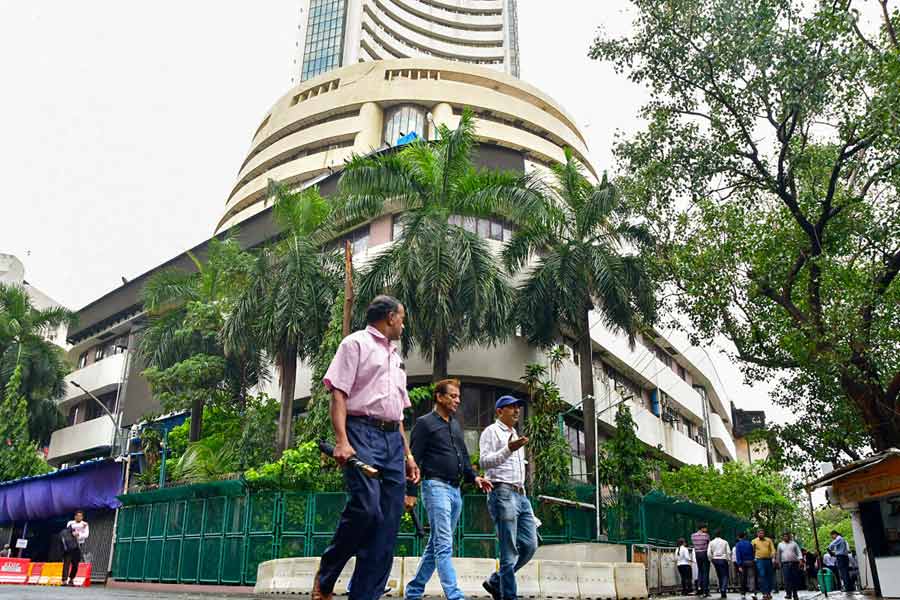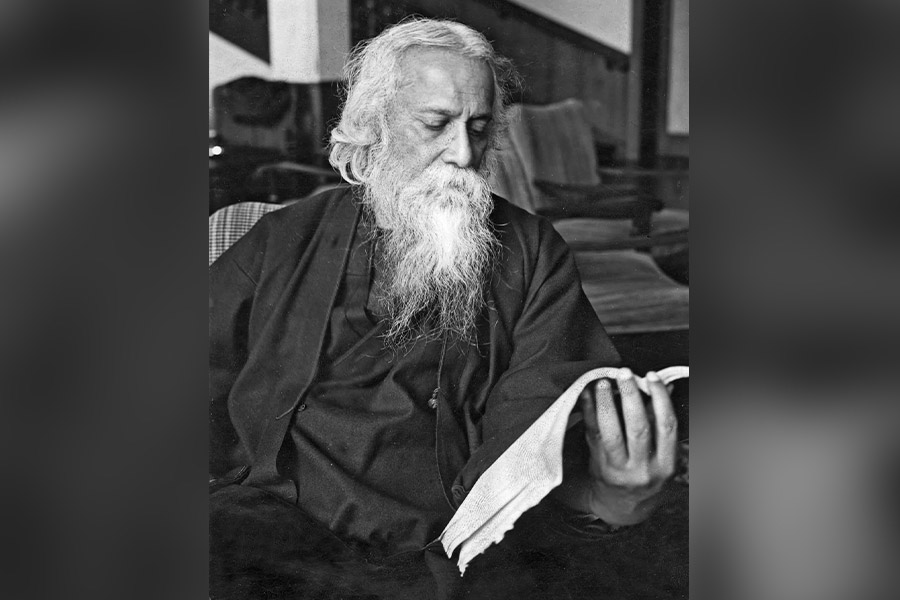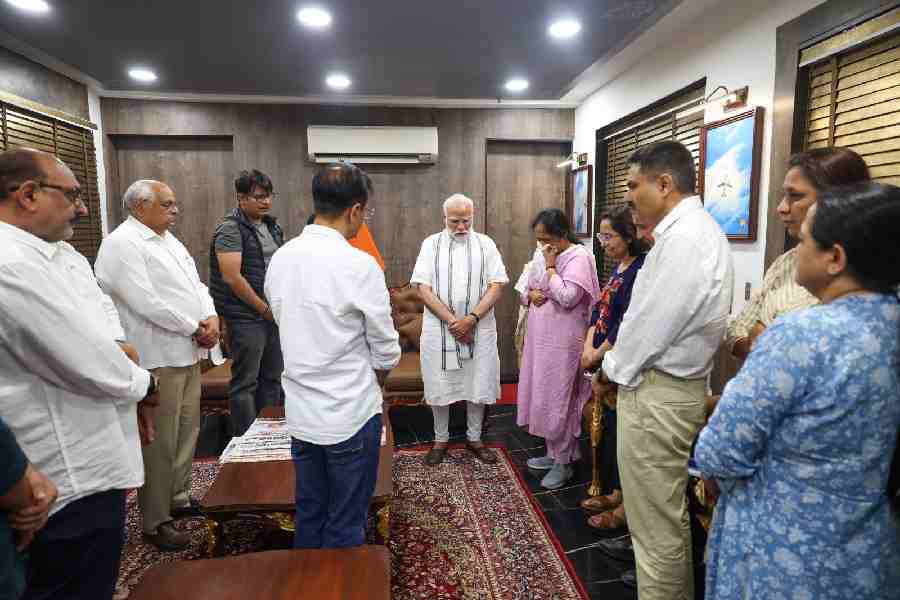CHECK-IN FACTS
♦ LM Thimphu has the largest room inventory in all of Bhutan... at 78 rooms!
♦ Occupancy is easy to track because there are distinct off-season periods. In December-January, when it’s cold, infrastructure-wise, a lot of things do not operate. The summer months are low season because Europeans don’t travel. So the holiday season from April-June and September-October is busiest.
♦ The percentage of women associates in LM Thimphu is 52 per cent. When the first email was sent to the management with the numbers, they thought the decimal point between 5 and 2 was left out! The hotel even has a lady plumbing technician and electrician.
♦ One of the brand signatures is the Eclairs — try the one made with the locally grown Goji berry.
♦ Thimphu is the ideal base for your stay in Bhutan. From here, you can make day trips to Paro or go hiking. Unlike other cities that wrap up early, Thimphu has a thriving nightlife on weekends. Tuesday is a dry day in the city.

SEE, DO & DINE IN THIMPHU

Hike to Tango Monastery: Everyone in Bhutan will recommend a hike to Tiger’s Nest. Before you do that, warm up with a hike to Tango Monastery and gauge your fitness level. It should take you an hour at an easy pace. Stop to click butterflies and the scenery as you ascend, and once at the monastery, observe how the monks live and pray. On the way back to town, stop by the Thimphu Chhu riverside near Jigme Dorji National Park.

Buddha Dordenma Statue: A visit to Bhutan’s capital will invariably be followed by the question: “Did you see the golden Buddha?” This 42m giant statue of Buddha atop a hill was constructed in 2015 to honour the 60th birthday of Jigme Singye Wangchuck, the fourth king of Bhutan. On the drive to and from the statue, you’ll find plenty of places festooned with prayer flags so pretty that you’ll be tempted to stop and go click-click!
Visiting hours: 9am to 5pm.

Royal Takin Preserve Motithang: Say hello to Takin, the national animal of Bhutan. The rare mammal is believed to have the head of a goat and the body of a cow.
Visiting hours: 9am to 4pm. Monday closed.

National Institute for Zorig Chusum: Visit to get a feel of Bhutan’s traditional art and culture. The classrooms are filled with students learning Zorig Chusum or the ‘13 traditional arts and crafts’ like painting, weaving and wood-carving. It’s also worth a visit because you can buy a painted thangka for much less than what is found in the market. (Picture above) Ladies stitch and weave clothes for sale and (below) a teacher checks the stencil sketch made by students before embroidery is started on the piece.

Weekday visiting hours: 10am to noon and 2pm to 3.30pm.

Visit any local market: The best way to get a feel of the food in a new country is to check out the vegetable market and learn all about the things you don’t get to see back home! t2 dropped by to see what ema looks like — up close and personal!


Folk Heritage Museum Restaurant: A Bhutanese meal in a traditional setting. Start with Ara, the local rice wine, or Suja (delicious butter tea!) and then pick from the pre-set menus. There’s ema datshi (the green pepper-and-cheese national dish of Bhutan) and other dishes made with datshi (cheese) like cauliflower datshi, a zucchini and potato vegetable, a dish made of Fiddlehead Ferns (nakey in the local Dzongkha), a bony fish dish, chicken, pork (more fat than meat), buckwheat pancakes, red rice and white rice. You also get similar food in Babesa Village restaurant.

t2 caught up with Swati Dhir, general manager, Le Meridien Thimphu...

Thimphu is a market with few players in the star segment. How has the city responded to Le Meridien?
There is Amankora, which is for a niche clientele, and there is Taj Tashi, which had monopoly for the longest time. In December 2014, we (Le Meridien Thimphu) came into the picture. Like any new hotel, it took us around eight months to settle in. What has worked very well for us is our food and beverage offerings, which make up a significant portion of the revenue. That’s the market we were able to capture first and it drove other footfall and business. We do high-profile outdoor catering. In the last one-and-a-half years, we’ve been the venue for all major functions in the city. For example, we hosted the Prime Minister of Bangladesh in the hotel with her ensemble in April 2017 — that’s been our biggest so far.
In India, weddings drive the revenue. What about Bhutan?
There’s really no wedding market here because the traditional Bhutanese wedding is a small, simple affair. I have colleagues who are at work today and they want a half-day the next day. Then they come back saying, “Oh, we got married. Here’s a chocolate.”
We’ve actually done one wedding here, between Taj Tashi and us, with one side of the family staying in each hotel. The logistics involved getting everything from India from the mehndiwali to the band-baaja-baarat. They even put the ghori (horse) in a truck and brought it here after special permissions. So, logistically, Bhutan is not a wedding destination. Having said that, what we both do very well are pre and post functions for special occasions — niche events that require say 25-30 rooms for 60-70 guests.
What is LM Thimphu’s biggest strength?
Our location, food and that we’re a brand-new product. The exterior facade of every building in Bhutan is similar because you have to conform to the local architectural norm. It has to be a certain number of storeys, and there is a traditional set of colours to use. The interiors, too, are similar. So LM Thimphu is that break in the oasis — we’re contemporary with the Bhutanese touch and feel artistically weaved in. Like, in the rooms, above the bed, we have placed the three lucky signs.
Text and pictures: Karo Christine Kumar
Hotel images courtesy Le Meridien Thimphu


